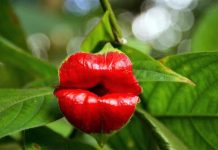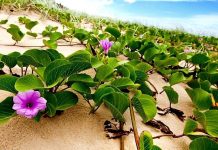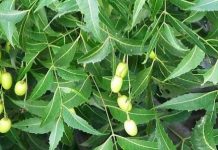Family: Rutaceae
Synonym:Murraya exotica L.
Bengali/Vernacular name: Kamini.
Tribal name: Tayou-janaa (Rakhaing).
English name: Orange jessamine, Cosmetic bark.
Description of the plant: A strong smelling, shrub or small tree. Leaves pinnately compound, often 30 cm long; leaflets 2.6-4 cm long, variable, usually obliquely ovate, obtusely acuminate, crenulate. Flowers few, white, very fragrant, 2 cm long, and borne on short, terminal or axillary cymes.Fruit fleshy, red when ripe, pointed or oval-shaped, 2 cm long.
Plant parts used: Leaf, bark, root.
Herbal uses: Fresh juice extracted from the leaves of the plant is taken as a cure for diarrhoea and dysentery.
The ground-up bark of the roots is both eaten and applied externally in the treatment of body ache.
A decoction made with the barks of the plant is used in the treatment of diarrhoea.
A paste prepared from the leaves of the plant is applied to the affected parts of the body to treat bruise.
Decoction prepared from the leaves of the plant is taken twice a day for three days to treat fever.
An infusion is made with the leaves of the plant is taken twice a day (10 ml amount each time) until the vomiting is stopped.
Crushed leaves applied externally to relieve burn, to cure skin eruptions and leucoderma.
Leaves and root bark of the palnt areused for rheumatism, cough, and hysteriatreatment.
A decoction made with the leaves of the plant is used as mouthwash for toothache.
A paste made with the leaves of the plant is applied externally to treat the bites of poisonous animals.
The plant is used for the treatment of piles, stomachache, rheumatism, paralysis, diabetes, abdominal pain, headache, swelling, inflammation, itching, and blood disorder.
Distribution: It is found throughout the country as an ornamental plant.
Is this plant misidentified? If yes, please tell us….















